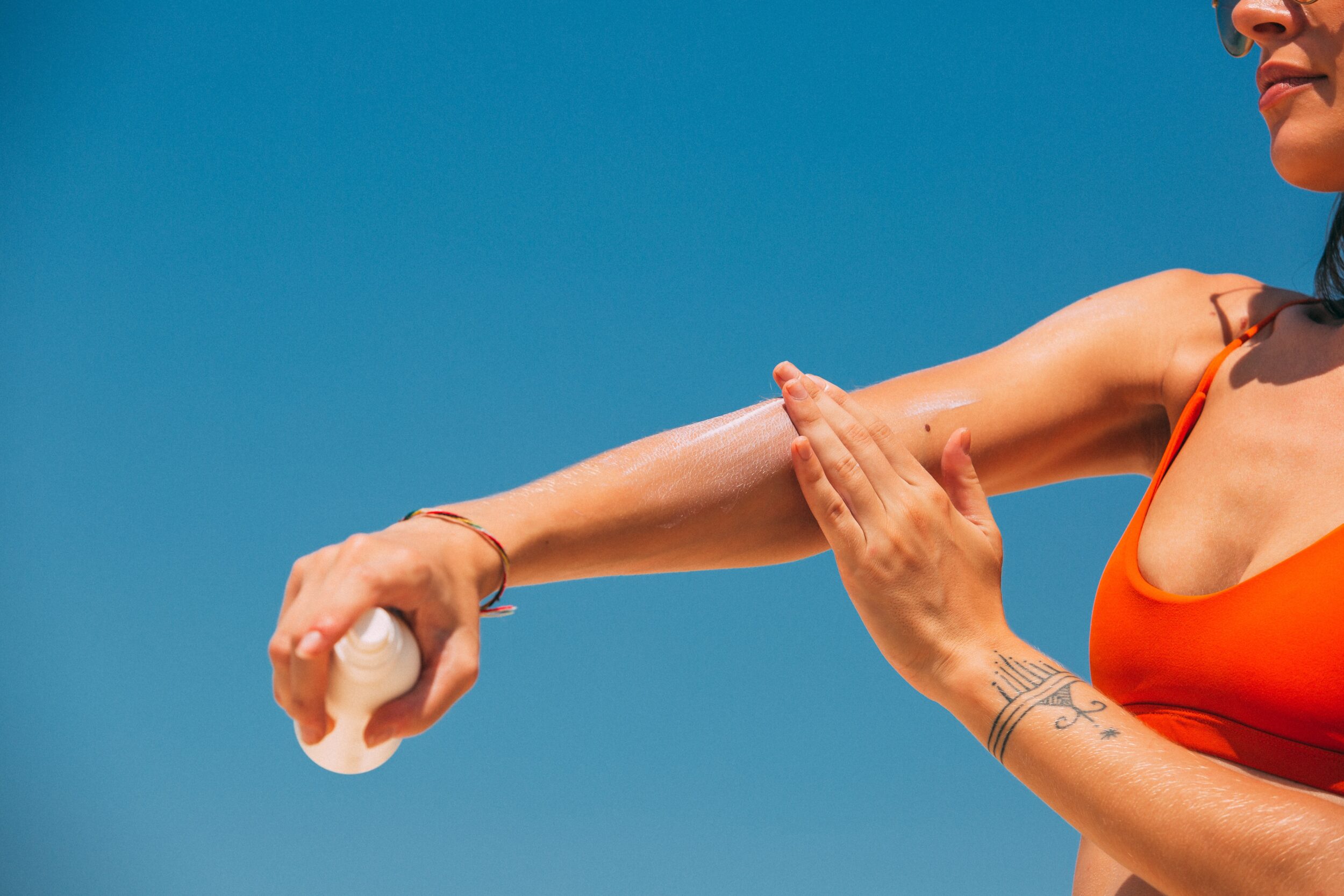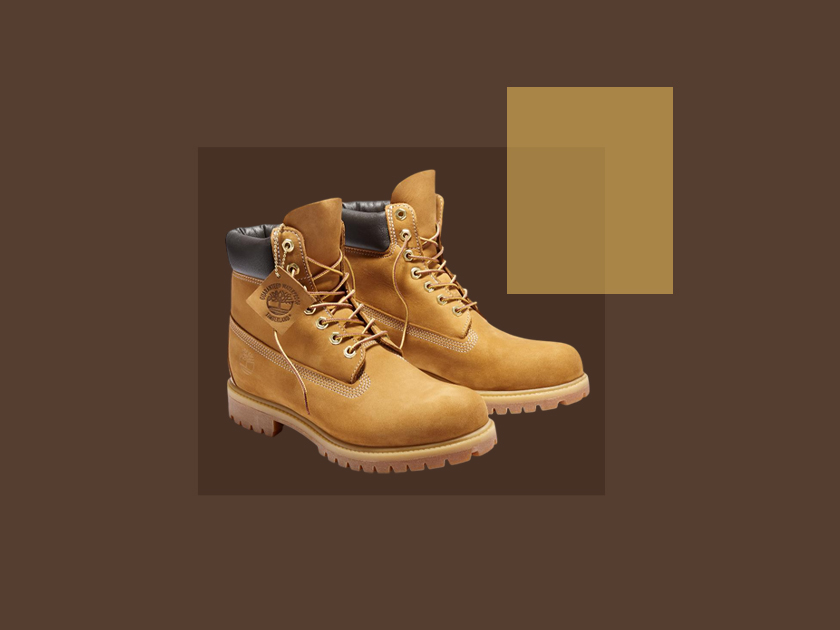The skin is the largest organ in the human body. But it is also a fragile organ, which must be taken care of constantly at the risk of unbalancing it. The sun and its rays are among the most dangerous aggressions for the skin which, however, is almost constantly exposed to it, winter and summer. Both directly (at the beach, for example) and indirectly (through our office window), we are surrounded by UV rays, even when they are gray. And when the epidermis begins to turn red, it is a sign that it is slowly but surely starting to burn. But what is its effect on the skin?

Inflammation must be taken seriously
Sunburns have always been largely downplayed. If we recently saw TikTok users smearing themselves with beer to “tan faster” and Gwyneth Paltrow, founder of the Wellness Goop media, bragged about using her SPF to achieve natural contouring (despite the health of she), this burn, causing inflammation, is not to be taken lightly.
“Sunburn is inflammation of the skin that appears within hours of intense sun exposure. Normally, in the face of UV rays, the skin activates its defense mechanisms: it is the increase in melanin, and therefore the tan. In the event of a sunburn, these defense mechanisms become saturated, which will lead to an inflammatory response in the skin.explains dermatologist Emilie Darbet-Andrieu Marie-Claire France.
Obviously, theLight skin, like dark skin, is affected by this phenomenon, which can take many forms. First there is the erythema, the first stage that causes redness, itching and can cause the skin to peel. Then there is the superficial burn which causes rather painful sensations. The most extreme and dangerous phase is the one that is localized in the dermis and generates blisters. This last step is specifically explained by the dermatologist:
“The action of the UV will lead to a disjunction of the keratinocytes, therefore to the appearance of water between the cells, which causes the appearance of blisters”.
What to do after a sunburn?
If the rash resolves on its own thanks to the amazing regenerative abilities of the human body and its immune system, using a cica-type cream or an emollient solution can be useful to promote skin healing. Typically, a week is enough for the epidermis to recover.
On the other hand, in more serious cases where blisters may appear, consulting a doctor remains the best way to cure yourself. The latter may eventually apply a treatment based on dermocorticoids on the burns to facilitate healing. But be careful, you will have to be very careful not to expose your skin to the sun and to keep it healthy so that an infection does not occur.
Little reminders about sunscreen (yes, even in late summer)
An SPF 50 is estimated to block about 98% of UVB rays versus 95% for a cream with SPF 30. While this difference seems minimal, it is nevertheless very important for skin, especially when it is fair and sensitive. For phototypes 1 and 2, it is therefore recommended to apply protection with SPF50 on the skin and to renew the application every 2 hours. or after each bath, drying, etc. The SPF 30 protection will be more dedicated to phototype 3 (i.e. skin that tans and tolerates the sun well) or even phototype 4 which corresponds to dark skin. A little reminder that never hurts, even at the end of summer.
Do you like our articles? You will love our newsletters! Sign up for free on this page.
Source: Madmoizelle
Mary Crossley is an author at “The Fashion Vibes”. She is a seasoned journalist who is dedicated to delivering the latest news to her readers. With a keen sense of what’s important, Mary covers a wide range of topics, from politics to lifestyle and everything in between.




